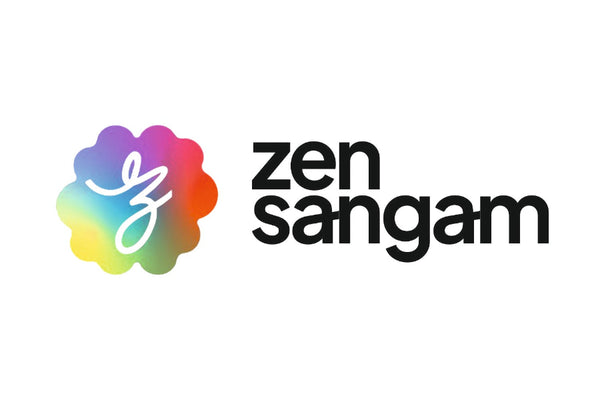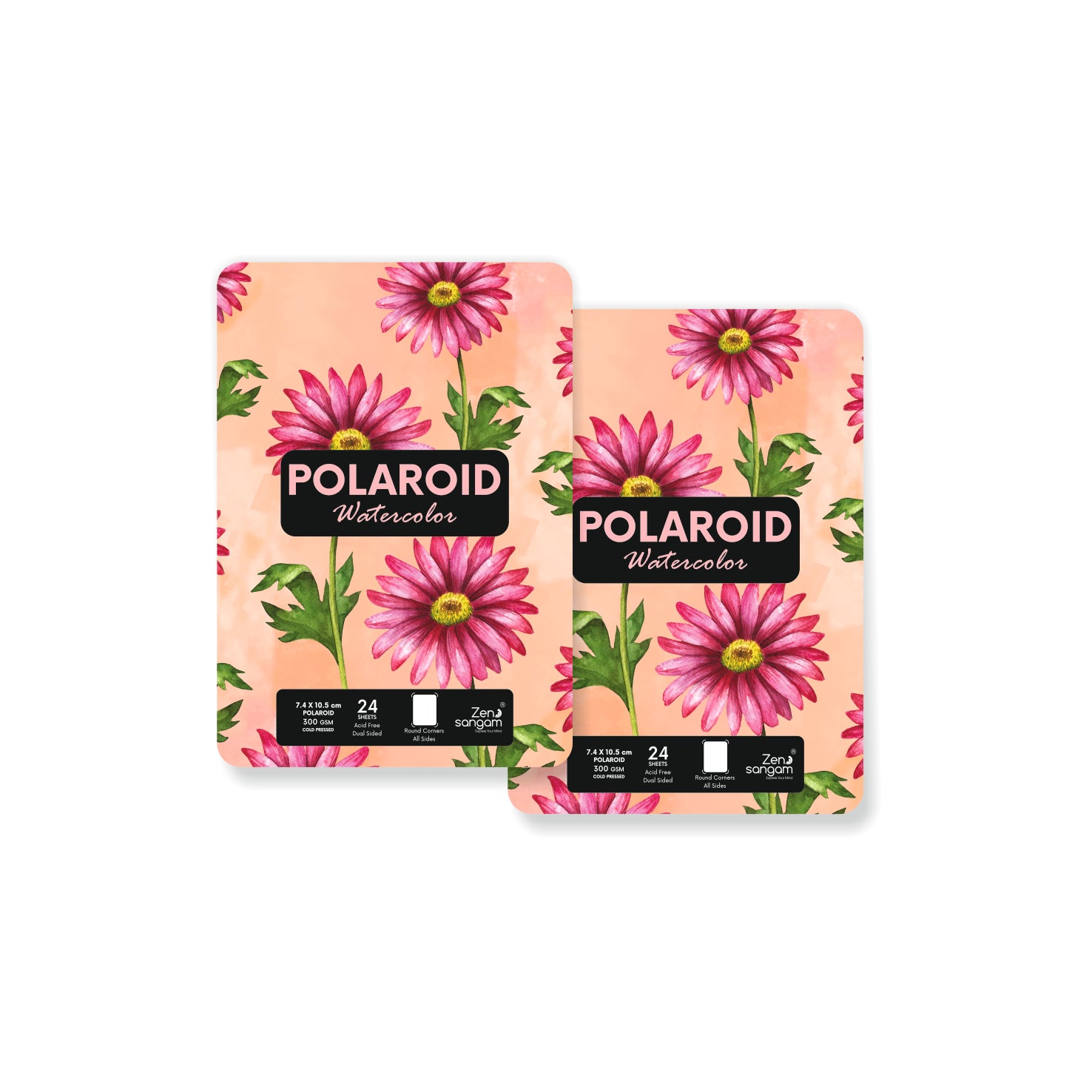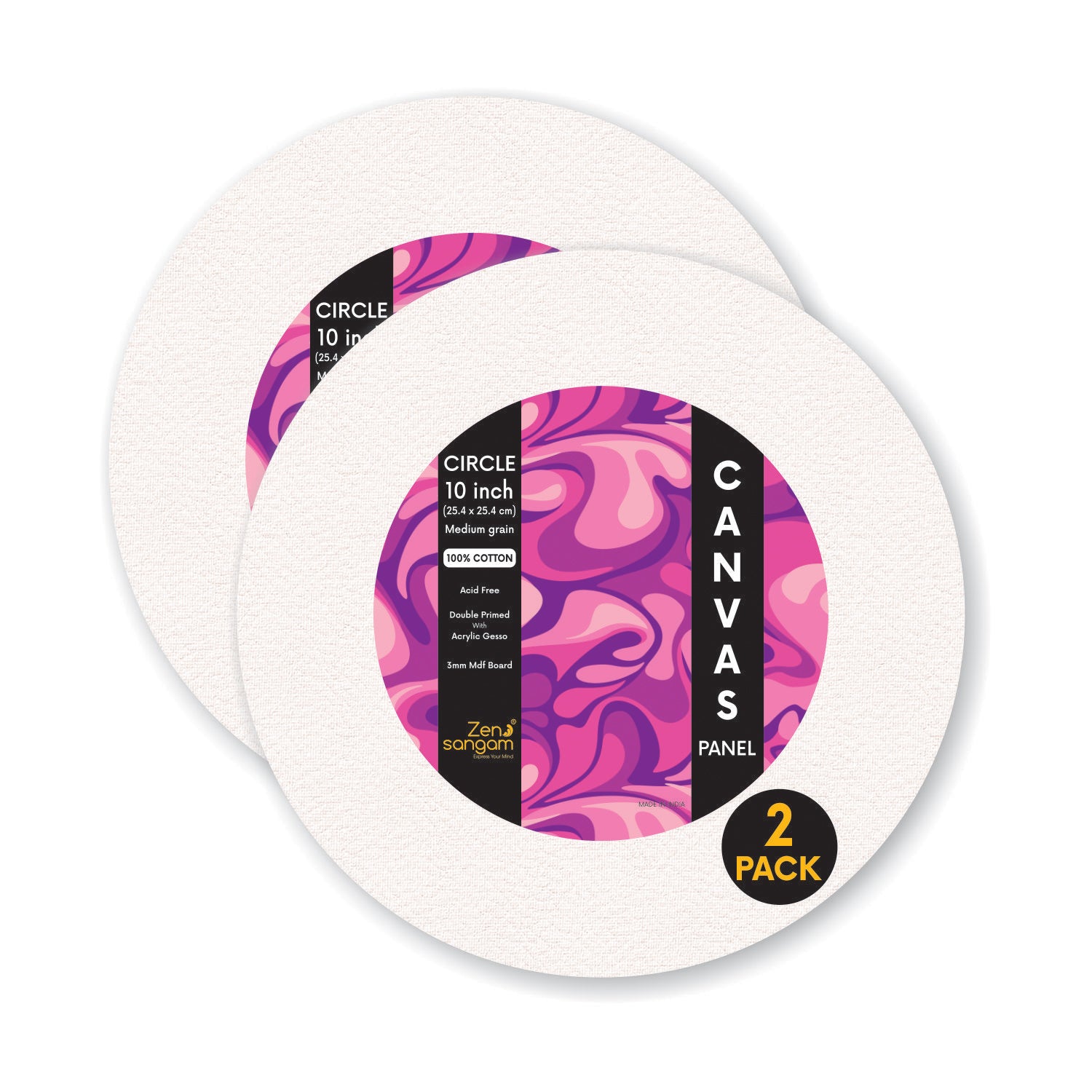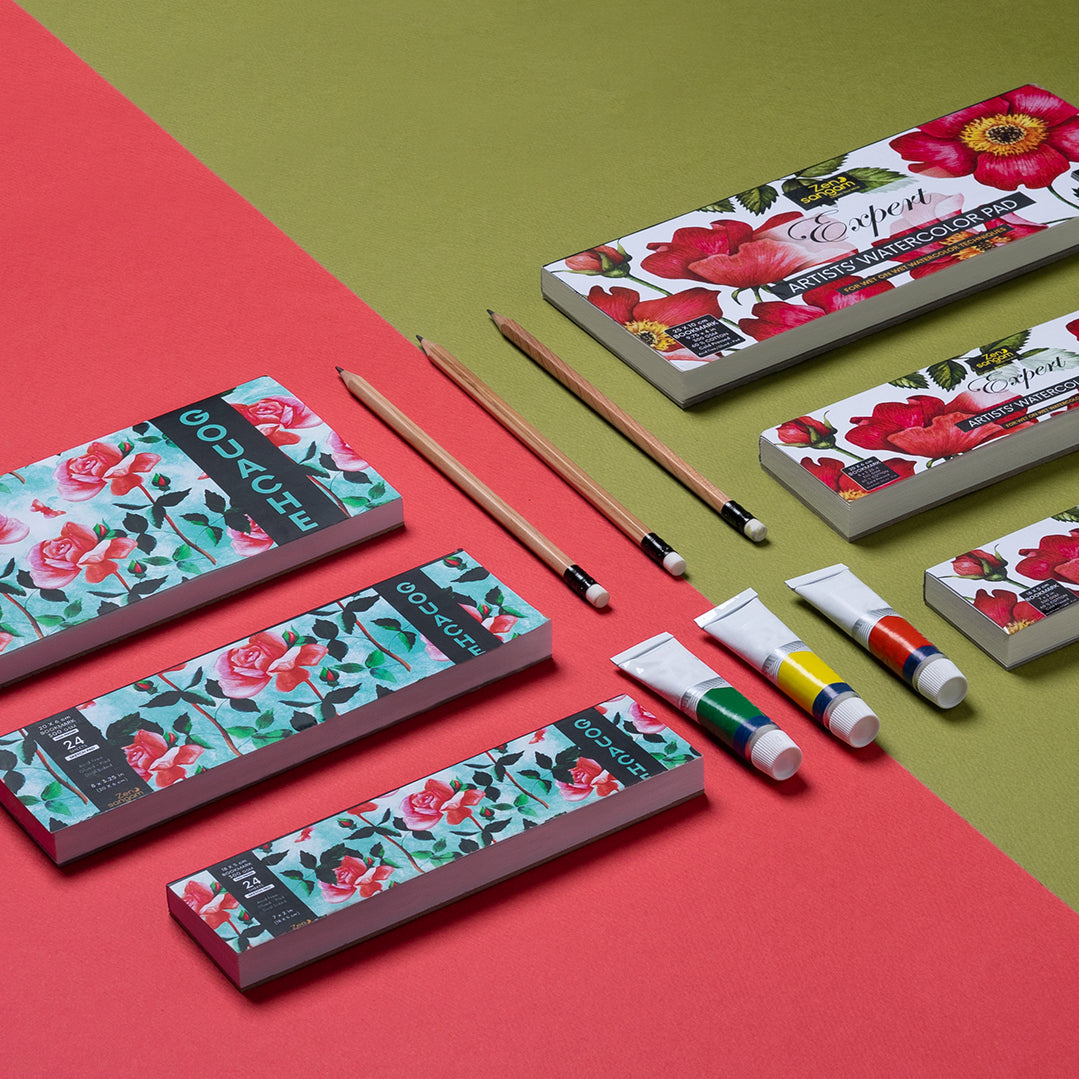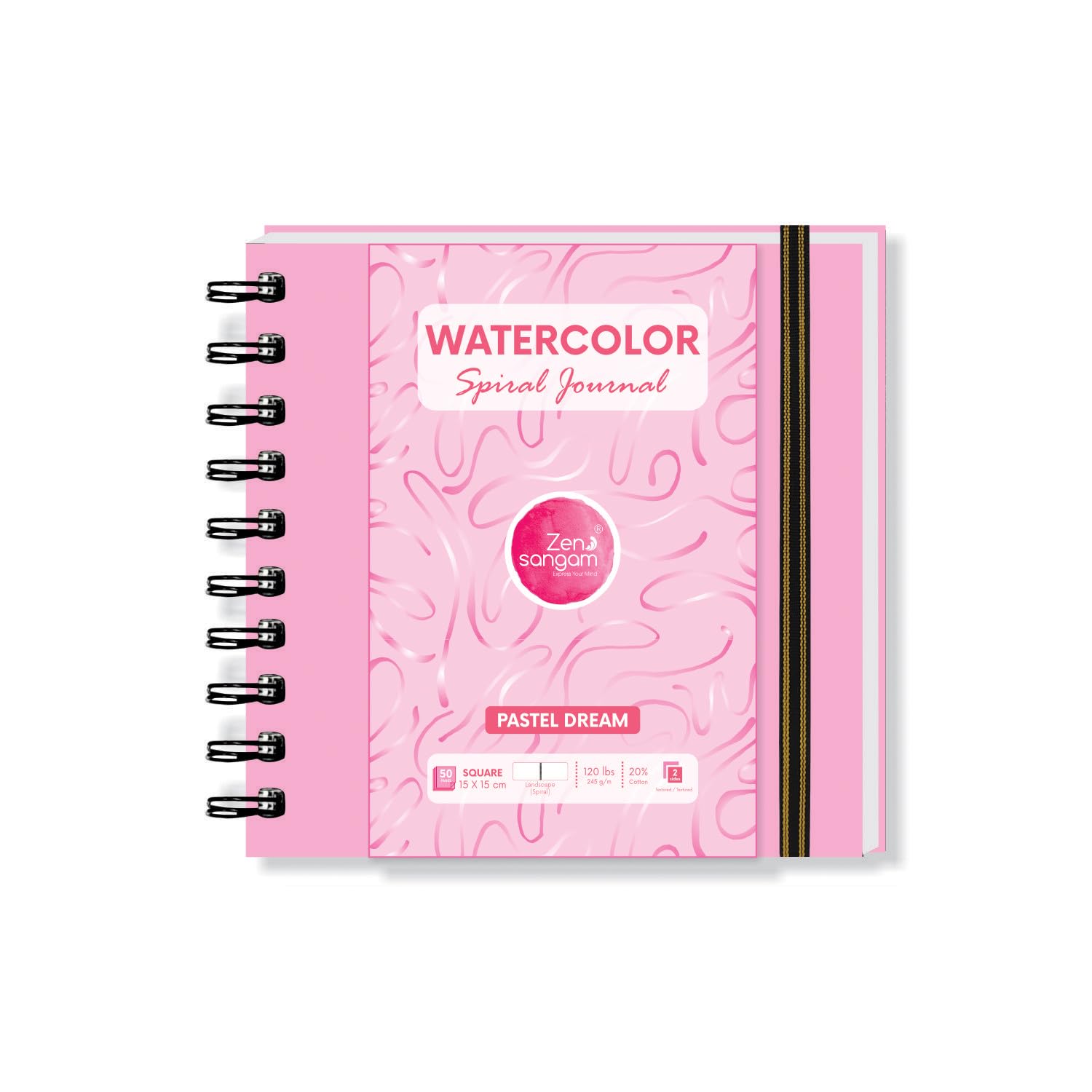Charcoal drawing is addictive. Maybe it’s because charcoal drawings are so fast and immediate, or maybe because the final look is often so impressive, but people love charcoals. Whatever the reasons for its popularity as a medium, there are certain charcoal drawing techniques you should know before you create your first charcoal masterpiece. In this blog we'll run through some key charcoal drawing tips and tricks to help you get started.

How to Use:
- The drawing begins with a loose contour line sketch using a charcoal pencil. Areas of high contrast are noted with a line.
- Next, powdered charcoal is spread over the drawing and worked into the surface with a mop brush and a paper towel. Darker areas are strengthened with the charcoal pencil.
- Using a kneaded eraser, highlights are erased out in bulk.
- A white charcoal pencil is used to draw precise highlights. Gradations in value can be made as the white charcoal mixes with the black charcoal on the surface.
- Highlights are continued throughout the drawing. Texture can be created by changing the stroke made by the pencil.
- Next, shadows are darkened using a softer charcoal pencil.
- The background is then erased with a kneaded eraser to create texture and additional interest.
- Cast shadows are created underneath the skull and "pulled out" using a blending stump.
- The completed drawing can be "fixed" using fixative to prevent unwanted smudging.

Basic Tips you need:
The color of paper that you choose for charcoal and chalk drawing is very important as it will influence the balance of your tones. Ideally you are looking for a mid-toned paper that sits halfway between your darkest charcoal and brightest chalk marks. When drawing with charcoal and chalk you balance three elements to create an image:
- The Dark Tones (charcoal).
- The Light Tones (chalk).
- The Mid-Tones (the color of your paper).
Sugar paper, which is available in a variety of mid-tone colors, is both cheap and ideal for charcoal and chalk drawings.

New to using Charcoal Pencils? Here are 4 Charcoal Pencils techniques you need to know.
1. Blend with Paint Brush:
The soft bristles and precise tip of the brush give her great control and allow her to get into the smaller, detailed areas of her drawing.

2. Blending Stump:
Blending stumps have a pointed tip that allows shading of small areas. They don't have the softness of a brush, so we uses them when you has sharper, more defined edges to blend versus the lighter, smoother gradations that are achieved with the brush.

3. Blend with Tissue:
A tissue wrapped around a finger works great for large areas of shading which don't require as much precision. We are able to smooth out areas of the background quickly with this technique.
TIP: Don't use tissues with lotion as these don't mix as well with paper and art mediums.

4. Blend with Finger:
Fingers will do the trick in a pinch. They're easy to use and give you the control of how much pressure to apply when blending. Two warnings:
1) Fingers contain natural oils that can leave residue on your paper. Oil spots can prevent pigment from laying down evenly onto the paper.
2) If using charcoal, your fingers will be dirty after using them to blend, increasing the potential to accidentally leave smudge marks on other areas of your drawing where you don't want them.

Finally, when you finish applying the chalk you can spray your drawing with fixative to reduce the chance of smudges. However, by doing this you will probably also notice some reduction in the tonal contrast of the chalk which may require some retouching to bring the original level of contrast back. If you want to know more about other media, Refer these link below:
Color Pencil Using Techniques for Beginners
Crayons Using Techniques for Beginners
Felt Tip Pens Using Techniques for Beginners
Markers Using Techniques for Beginners
Oil Pastel Using Techniques for Beginners
Glitter Pens Using Techniques for Beginners
Brush Pens Using Techniques for Beginners
Pencil Shading Using Techniques for Beginners
Oil Painting Using Techniques for Beginners
Acrylic Painting Using Techniques for Beginners
Gouache Using Techniques for Beginners
To explore our Coloring Books
